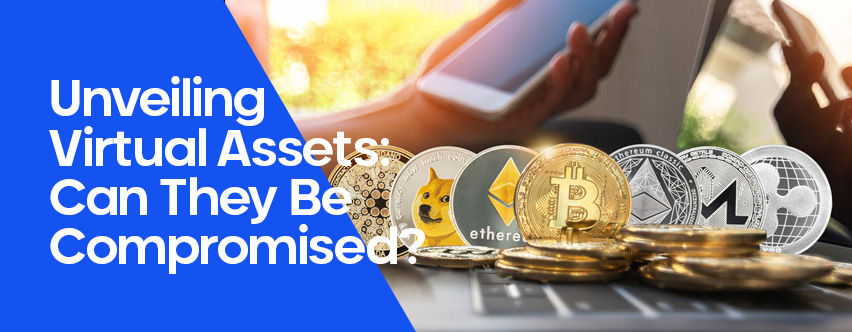In the age of digitalization, virtual assets have gained significant importance, encompassing everything from cryptocurrencies to digital collectibles. As these assets become more prevalent, concerns about their security and potential compromise come to the forefront. This article delves into the world of virtual assets, exploring whether they can indeed be compromised and what steps can be taken to ensure their safety.
Table of Contents
Can Virtual Assets Be Compromised? Understanding the Landscape
Virtual assets, by their nature, exist in a digital realm, making them susceptible to various forms of compromise. From hacking and phishing attacks to unauthorized access and fraudulent schemes, the vulnerabilities are manifold. However, the question of whether virtual assets can be compromised demands a closer look at the intricacies of their security protocols and the measures taken to safeguard them.
Comparison Table: Traditional Assets vs. Virtual Assets
| Aspect | Traditional Assets | Virtual Assets |
|---|---|---|
| Physical Presence | Tangible, Physical Form | Digital, Non-Physical |
| Security Mechanisms | Safes, Locks, Vaults | Cryptographic Protocols |
| Traceability | Physical Paper Trails | Immutable Blockchain |
| Accessibility | Limited by Location | Global Digital Access |
Key Insights and Statistics
- The total market capitalization of cryptocurrencies reached over $2 trillion in 2021.
- The number of unique digital wallets holding NFTs (Non-Fungible Tokens) surged past 100 million.
- In 2020, losses due to cryptocurrency-related scams exceeded $1.9 billion.
FAQ: Navigating the Security of Virtual Assets
Q: How are virtual assets secured from compromise?
A: Virtual assets are secured through cryptographic methods, including encryption and blockchain technology.
Q: Can virtual assets be stolen through hacking?
A: Yes, hackers have targeted virtual assets through various methods, including exploiting vulnerabilities in platforms and using phishing attacks.
Q: What is blockchain’s role in securing virtual assets?
A: Blockchain, the technology behind many virtual assets, offers an immutable and transparent ledger, making fraud and manipulation more challenging.
Q: Are virtual assets insured against compromise?
A: Some platforms and exchanges offer insurance against hacks and breaches, but coverage can vary widely.
In Conclusion: Balancing Risk and Innovation in the World of Virtual Assets
The digital revolution has brought immense innovation and convenience, but it has also introduced new risks. While virtual assets can be compromised, the same can be said for traditional assets. The key lies in understanding the vulnerabilities, implementing robust security measures, and staying informed about the evolving threat landscape.
For those invested in virtual assets, staying vigilant and employing best practices can mitigate risks. Just as you would safeguard physical assets with locks and safes, virtual assets require layers of security in the digital realm. As the world of virtual assets continues to evolve, finding the balance between embracing innovation and managing risks becomes essential for a secure and prosperous digital future.


Leave a Reply